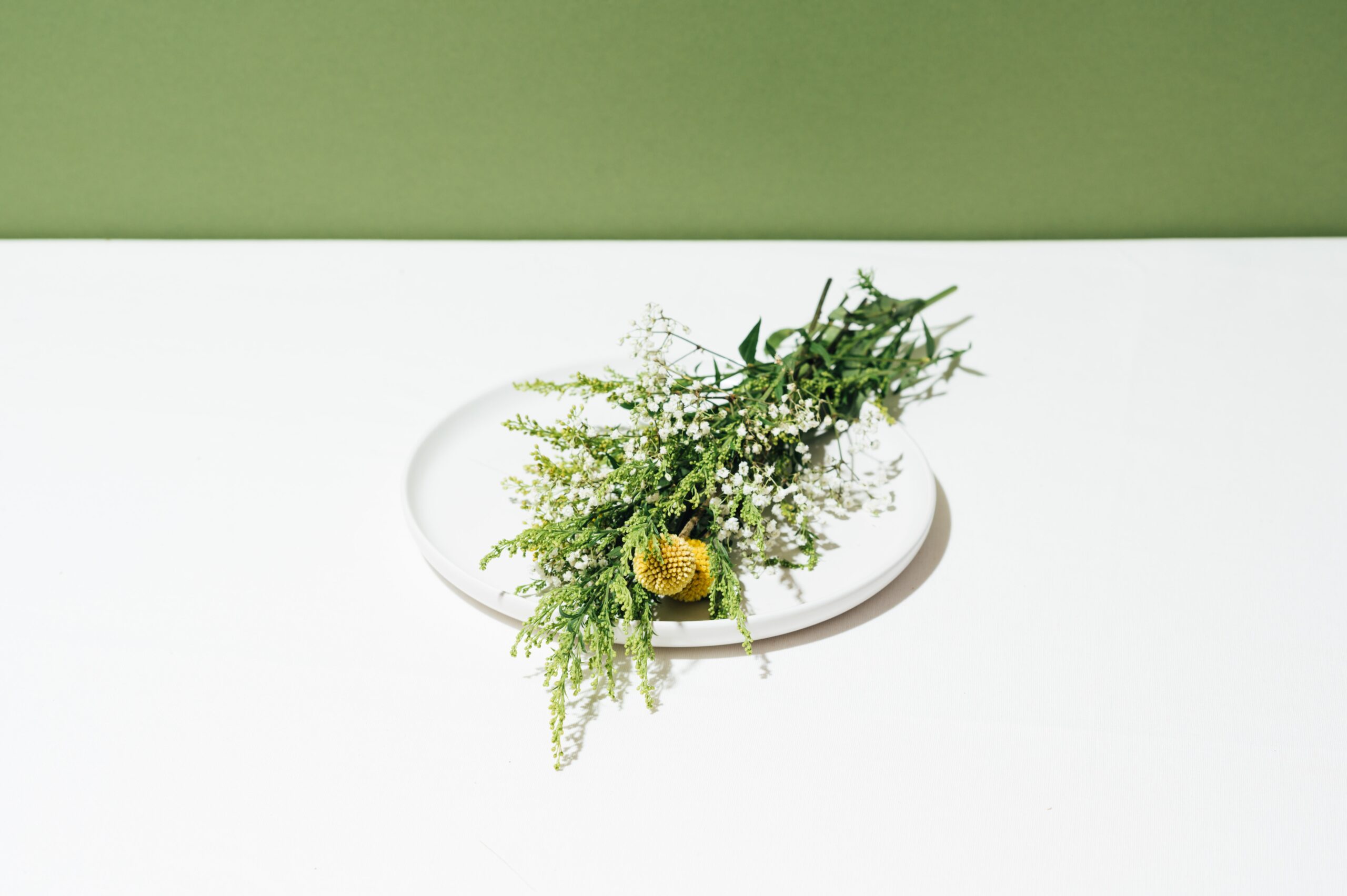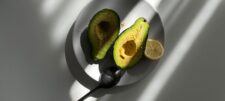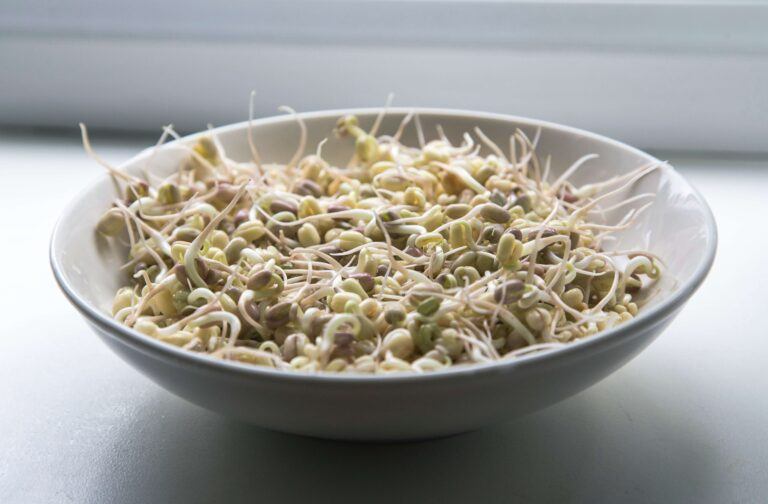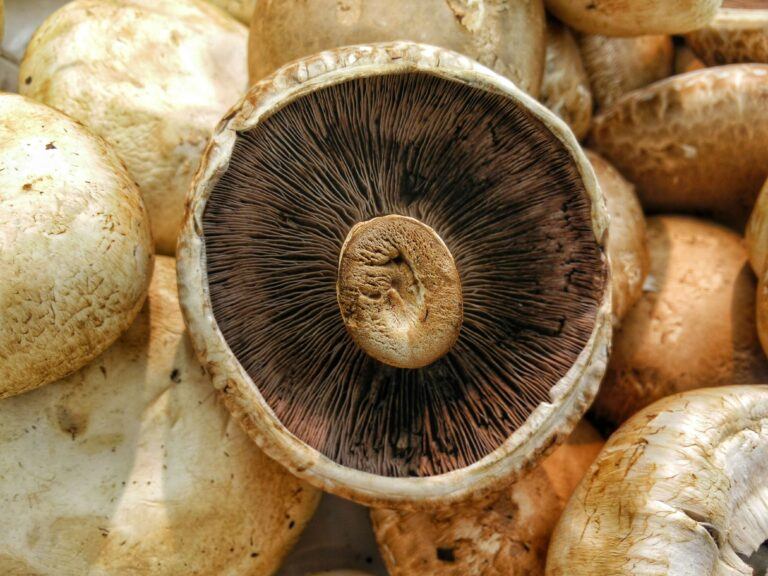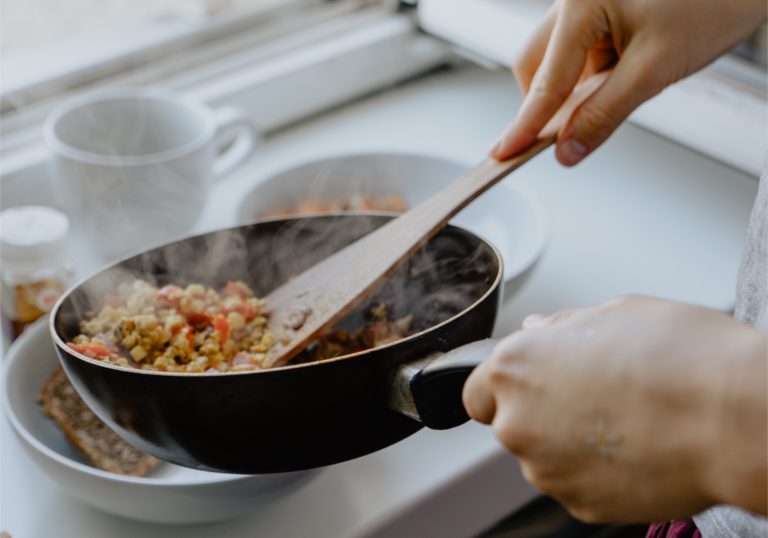Urinary tract infections, or UTIs, are most commonly seen as an infection of the urethra and bladder but if left untreated can develop into a more serious infection of the kidneys. They are caused by germs, usually, the bacteria E. Coli from the digestive system, entering the urinary tract through the urethra, and spreading to the bladder. UTIs are more likely to affect someone with a vagina rather than someone with a penis, due to the proximity of the urethra.
Symptoms of a UTI include frequent urination or urgency to urinate, cloudy urine that may have a foul odor, pain, pressure, or burning with urination, and fever.
Urinary tract infections may become a chronic problem, as bacteria from a previous infection may remain hidden in the folds of the bladder wall and lead to future infections.
UTI’s can also be caused by sexual activity, pregnancy, birth control pills, and a lack of estrogen, which can allow the bacteria that cause UTI’s to grow more easily in the vagina and urethra.
Tips to help treat a current infection and prevent future infections:
- Drink plenty of water
- Urinate when needed, do not hold it!!
- Urinate before and after sexual activity to prevent the spread of bacteria into the urinary tract
- Avoid alcohol, coffee, caffeine, and soft drinks
- Avoid sugar
- Avoid carbohydrates
Helpful Foods:
- Studies have shown that cranberries, and blueberries to a lesser extent, can be quite helpful in treating and preventing urinary tract infections. They contain a compound called proanthocyanidin, which prevents E. Coli from adhering to the bladder walls. However, sugar can exacerbate the infection so be sure to drink unsweetened cranberry juice and, if using dried cranberries, make sure they are also unsweetened or sweetened naturally with apple juice.
- Yogurt is another superfood in the fight against the UTI. It contains probiotics, helpful bacteria, which reduce the harmful bacteria not only in the urinary tract but also throughout the body, including the digestive system and vagina. Yogurt can be especially helpful in preventing a yeast infection that may occur from antibiotics used to treat the UTI. Please note: not all yogurts have active probiotics, check the label. Also avoid sweetened yogurts because they have added sugars, instead, sweeten it yourself.
- Foods high in fiber such as oats, lentils, beans, and nuts are helpful in naturally flushing the body of harmful bacteria.
- Omega 3 fatty acids help to reduce inflammation, an uncomfortable symptom of UTI’s. These can be found in cold-water fish such as salmon or in fish oil supplements.
- Eat foods that are rich in antioxidants including tomatoes, squash, and bell peppers.
- Vitamin A boosts immunity and can be found in leafy greens, root vegetables, and peas.
Here is a day’s worth of recipes containing foods helpful in treating and preventing UTI’s. Because having a UTI is stressful enough, these recipes are ensured to be quick and easy to prepare and can be easily adjusted to serve one person or four. The recipes contain a short and simple list of ingredients, making them budget-friendly as well. Also, I repeated the same ingredients in more than one recipe to make for a speedy trip to the grocery store.
Here’s Some Advice On Food Throughout The Day
Breakfast: Berry Smoothie
Serves: 1, Preparation time: 5 minutes
- ¼ c frozen cranberries
- ¼ c frozen blueberries
- ½ c greek yogurt (I prefer the full fat or 2% version because it contains more protein and less sugar)
- ½ c unsweetened orange juice
Mix together in a blender and puree until smooth. A proanthocyanidin and probiotic-rich smoothie- perfect for helping cure that irritating UTI.
Lunch: Lentil Vegetable Salad
Serves 2, Preparation time: 15 minutes
- ½ c lentils
- ¼ c bulgar wheat
- 1 large carrot, grated (grate 2 and put half aside for the dinner recipe)
- ½ red bell pepper, diced
- ¼ cup cherry tomatoes, diced
- ½ lemon, juiced
- 1 tbsp olive oil
- Parsley
- Salt and pepper to taste
In a medium saucepan bring to boil 1 cup of water. Once the water is boiling add the lentils, cover, and reduce to a simmer. After 5 minutes, add the bulgar wheat. Cover and simmer for another 10 minutes. While the lentils and bulgar are cooking, cut up the vegetables and parsley. In a large bowl, whisk together the lemon juice and olive oil. Add the parsley, vegetables, lentils and bulgar. Season with salt and pepper. Because this salad doesn’t require constant refrigeration it can easily be brought to work for lunch and used later in the week as a side dish at dinner.
Dinner: Kale Slaw and Cranberry-Orange Glazed Salmon
Serves 4, Preparation time: 25 minutes
Kale Slaw
- 1 head kale, shredded
- 1 large carrot, grated
- ½ red onion
- ½ lemon, juiced
- 1 tbsp greek yogurt
- 1 tbsp olive oil
In a medium bowl whisk together the lemon, yogurt, olive oil, salt, and pepper. Add the kale, carrot, and onion and toss to coat. (QUICK TIP: make the dressing in the same bowl you plan to serve the salad, then wash 1 bowl later instead of 2.)
Voila! A healthy and tasty side dish full of antioxidants, Vitamin A, and probiotics!
Cranberry-Orange Glazed Salmon
- ½ c cranberries (fresh or frozen)
- ½ orange, juiced (or use the juice from the morning’s smoothie)
- 1 tbsp soy sauce
- 1 tbsp water
- 1 tsp olive oil
- 4 (6-ounce salmon filets)
- Salt and pepper to taste
Preheat the broiler.
In a medium saucepan combine the cranberries, orange juice, soy sauce, and water. Bring a to a boil, reduce heat to medium and let cook uncovered for 10 mins.
Meanwhile, put the salmon fillets on a broiler pan. (QUICK TIP: cover the pan with aluminum foil for easy clean-up later.) Brush both sides with olive oil and season with salt and pepper. Once the cranberry mixture is done, divide it evenly and spread onto the 4 salmon fillets. Broil 10 minutes or until fish flakes easily with a fork.
For more personalized guidance on dietary modifications, schedule a consultation with any of our talented Yinova practitioners.

